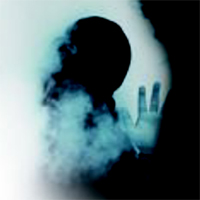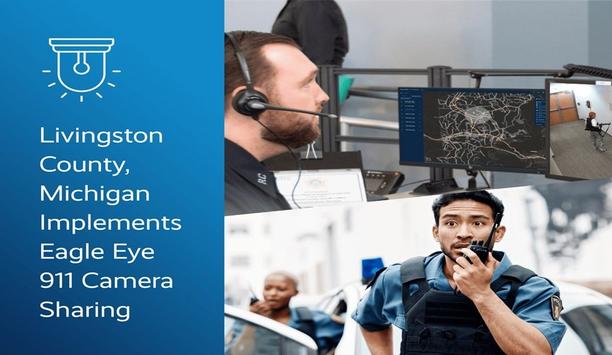In his previous article, Matt Gilmartin of Concept Smoke Screen introduced the... well... concept... of artificial smoke as a defence against burglars. Here he explores the practicalities of the technology and introduces us to a few of its many applications.
Originally, security fog systems were exclusively a means of preventing loss through burglary, and were utilised only in the manner described in my previous article. But advancements in technology (partly fuelled by ever-growing demand) have resulted in a multitude of choices as to how systems are employed.
Burglar alarms
Currently 95% of the systems installed will be in an anti-burglary role. In these cases, a simple "relay" trigger from an existing intruder alarm system is able to set off the generator. This is advantageous for the premises manager as it means he will still only have to operate one system; also, there is no need to install masses of extra detection devices.
That said, all security smoke generators on the market can and do support their own detection which acts as a confirmation trigger for the system. This prevents the system from activating if the intruder alarm, for instance, false alarms. These detectors are referred to as "hold-offs" in that they prevent the system from activating until movement is confirmed.
The majority of smoke burglar systems, then, will use a ‘confirmed' trigger utilising two detection devices to provide confirmation - ‘double-knock'.
Smoke as an anti-raid device
An appliction that is growing in popularity is the use of security smoke generators to deter and defeat armed or violent attacks on staff or property. In this application, the staff have the ability to trigger the security smoke system via a "panic" switch.
The sudden introduction of security smoke has been shown to do two things:
- Place a visual barrier between staff and an assailant. Once eye contact between an attacker and his victim is broken, the attacker frequently loses his thrall.
- Actively confront attackers with an ever increasing barricade that forces them to leave the area.
One of the country's major banks now employs 'stand-alone' security smoke systems to defeat armed or violent attacks on their branches in the daytime. So far this concept has a 100% success rate.
Stand alone security smoke generators
People and businesses that have suffered a break-in are at a far greater risk of repeat burglary in the following weeks. Premise managers face a challenge to upgrade security requirements before they are "hit" again. Stand-alone security smoke systems are an obvious solution: they can be despatched over night in a bespoke fight case and come pre-configured with their own detection, event log and signalling capabilities. Arm- and disarmable from a rado keyfob, these machines can be set up to protect premises in minutes.
This application for smoke systems has already found favour with Police Crime Reduction Offices and Community Safety Schemes, as well as with several of the countries top national retailers. It has also been proven in the field, defeating several burglaries.
Ducted vents
This variation on the basic smoke system improves efficiency if one has a long run of rooms (for example, a series of offices next to each other): they can all be protected using a single generator.
Click here to see Concept Smoke Screen's E-Series, which applies this principle.
 Ancillary devices
Ancillary devices
Many manufacturers now offer supplementary devices that add to the overall deterrent effect. These include white noise generators (very loud and produce a sensation not unlike sea-sickness in humans) and high intensity strobe lights (imagine driving into thick fog and turning your full beam on, then times it by 1000!) Security smoke machines started out as a tool for special effects; now one can unleash a multimedia horror show on hapless criminals that will leave them (temporarily) blind, deaf, sick and very, very confused. One would struggle to find a more all-encompassing defence system.
So where to from here?
In summary, the question is fast becoming not whether one should have a smoke system, but how one should apply it.
The European Standard Working Group is currently working on Standard (50131-8), which carries on from the UK BS7939 and the French CNPP standards. The presence of this will be a huge leap forward, as it will bring the application and grading of security fog systems in line with other industry standards, simplifying purchases and providing consumers with a guarantee of quality. Smoke systems, in other words, will enter the mainstream.
 This process is being aided by a steady reduction in the cost of security fog systems, which has already brought it into the budget of small business and individuals.
This process is being aided by a steady reduction in the cost of security fog systems, which has already brought it into the budget of small business and individuals.
Meanwhile, new technology is being developed both to improve the quality of smoke / fog production and to integrate it into conventional intruder alarm systems. IP addressability will also certainly be a requirement in the near future.
The use of fog in a security role has changed the way we look at physical security and loss prevention. The lessons learned over the past ten years will certainly allow a wider use of what is already now recognised as a highly effective security tool.
Matt Gilmartin, Concept Smoke Screen Limited

















